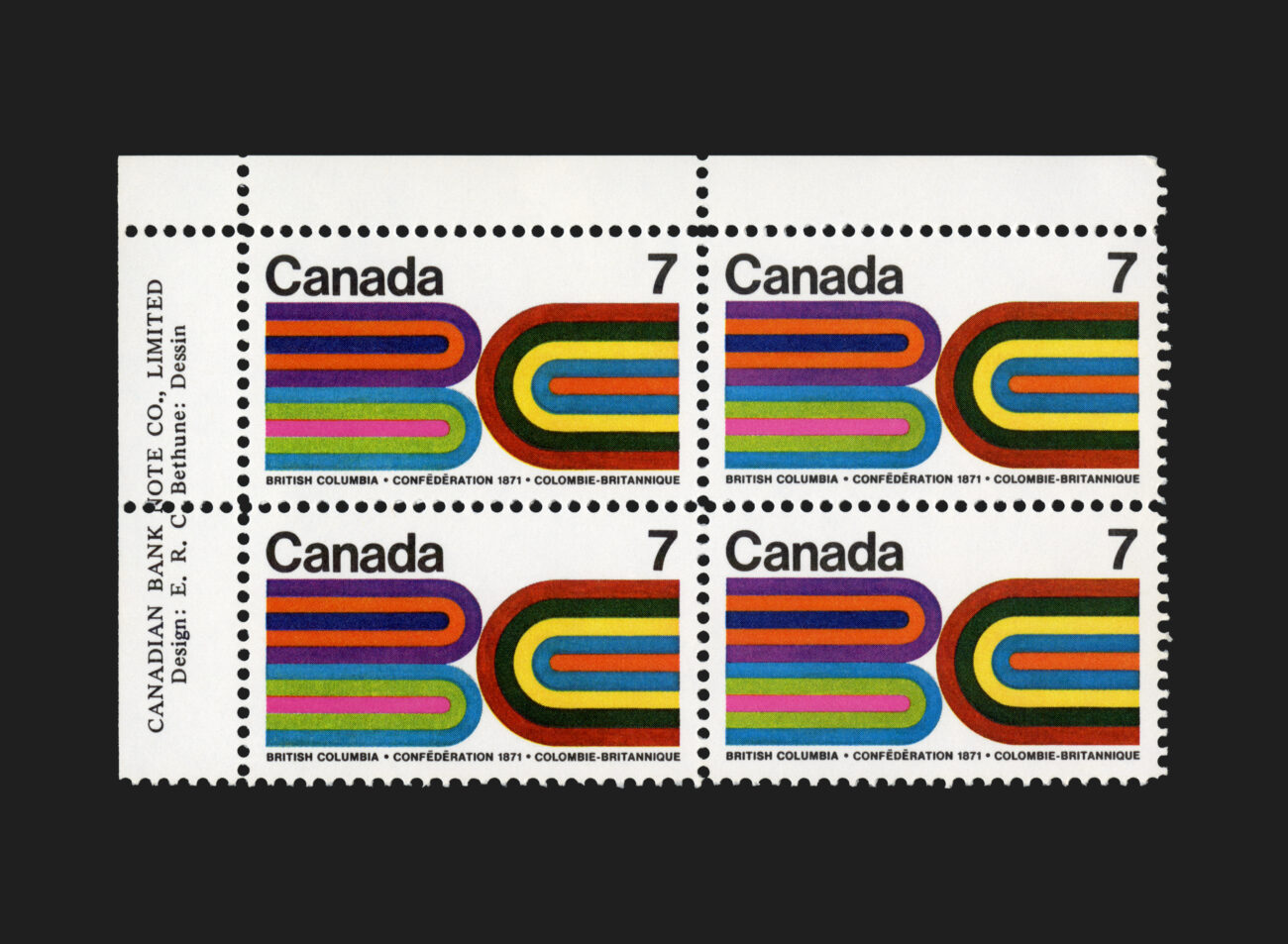Comment
British Columbia is the third-largest Canadian province, boasting stunning natural landscapes with Pacific coastlines, majestic Rockies, and vast inland waterways. Its residents have made remarkable progress in this beautiful environment.
The history of British Columbia goes back centuries. It’s believed that Sir Francis Drake may have glimpsed this land during his global journey in the late 1500s. However, it wasn’t until almost two centuries later that Spanish explorer Juan Perez explored the coastal waters, reaching as far as the Queen Charlotte Islands in 1775. Captain Cook’s voyage in 1778 sparked disputes over ownership as he traded with indigenous peoples along the coast.
In the early 1790s, Captain George Vancouver, for whom Canada’s third-largest city is named, surveyed the coastal waters. During this time, Alexander Mackenzie completed an epic overland journey from eastern Canada to the Pacific Ocean. In 1849, Vancouver Island, where Victoria now serves as the provincial seat of government, became a British colony. Richard Blanshard became its first Governor on March 11, 1850, marking the establishment of the first Crown Colony in British territory west of the Great Lakes.
The year 1858 witnessed a significant event as the discovery of gold attracted fortune seekers, leading to the formation of the Colony of British Columbia on the mainland. James Douglas, the first Governor, declared New Westminster as the capital on February 14, 1859. The mainland was previously known as New Caledonia, but the name “British Columbia” was chosen to avoid confusion with an already-named island. Simon Fraser, after whom one of British Columbia’s rivers is named, had used the name New Caledonia in 1806, despite his limited knowledge of Scotland.
The last step in British Columbia’s evolution, in its boundaries, occurred on November 19, 1866, when a proclamation merged the colonies of British Columbia and Vancouver Island. Victoria became the capital on May 25, 1868.
This commemorative stamp, designed by Edward R. C. Berthune, a native of Kamloops, British Columbia, sought to capture the spirit of celebration at the time, using reference to the designer’s memories of his youth, when bicycles were adorned with colourful paper strips during community parades. His creation symbolizes British Columbia’s incorporation into the new nation of Canada, a momentous event in its storied history.
All Archives








